Many people are surprised to learn that a child of any age can have a pension. It can be opened for a newborn baby, and anyone, parents, grandparents, godparents or family friends, can pay into it. With tax relief and decades of potential investment growth, it can give a young person a meaningful head start in later life.
But is it the right option for your family?
A quick overview of children’s pensions
The key facts:
· You can pay in up to £2,880 a year per child, and the government adds 20% tax relief, taking the total to £3,600.
· The money is locked away until at least age 57 (based on current rules, which could change over time).
· Growth within the pension is tax-free, and contributions from a young age have many years to compound.
· If you’re thinking about this as a grandparent, a child’s pension can also play a role in Inheritance Tax planning, especially when gifts made more than seven years before
death fall outside your estate.
How tax relief works for children’s pensions
You, or anyone else, can pay up to £2,880 each year into a child’s pension, and the government then adds 20% tax relief, bringing the total contribution to £3,600. The child doesn’t need to have any income for this tax relief to apply. In the rare case that a child does have earnings, they can receive tax relief on contributions up to the level of their income or £60,000, whichever is lower.
What are the risks?
Pensions are long-term investments. The value can go down as well as up. Markets can fall at the wrong time, and returns are never guaranteed.
However, because a child’s pension has decades to grow, it can usually ride out short-term volatility. Historically, long-term investing has tended to outperform cash savings, although this is never certain.
Stakeholder pensions vs Junior SIPPs
When opening a pension for a child, you generally have two main choices.
Stakeholder pensions, which are designed to be simple and low-cost, but aren’t as widely used today.
A Junior Self-Invested Personal Pension offers more flexibility. They must be opened by a parent or guardian and you choose investments yourself or use ready-made portfolios. The child can manage the account from 18, but can’t access the money until the pension access age
What Are the Alternatives?
A Junior ISA is another popular way to save or invest for a child. The key difference is access.
With a Junior ISA, the child takes full control at age 18 and can withdraw the money for anything they choose, such as university costs, travelling, buying a first car, or simply saving for the future.
A pension is different. The money is locked away for long-term security in later life.
Many families use both, giving children short-term flexibility through a Junior ISA and long-term security through a pension.
Opening a pension for a child: what to expect
Setting up a children’s pension is usually straightforward:
· A parent or guardian completes the initial application for a Junior SIPP or stakeholder pension.
· Once the account is open, anyone can contribute.
· Contributions can be regular or one-off, and many providers allow monthly payments
· The parent or guardian manages the account until the child turns 18.
· The child then takes control, although the funds remain invested until later life.
Providers vary in terms of charges, investment options and support, so it’s worth comparing them carefully.
Final thoughts: is a children’s pension right for your family?
A children’s pension can be a thoughtful and powerful way to support the next generation. For busy professionals who want to give their families long-term security, it offers clarity, structure and peace of mind.
But it isn’t the only option. And it shouldn’t come before your own financial wellbeing.
If your finances are stable, your own retirement planning is on track, and you want to pass on wealth in a secure, tax-efficient way, a children’s pension can be a meaningful gift, one that grows quietly in the background and may benefit them more than they can yet imagine.
If you’d like help comparing the options or understanding how this fits into your wider planning, we’re here to make the process simple, clear and stress-free.

